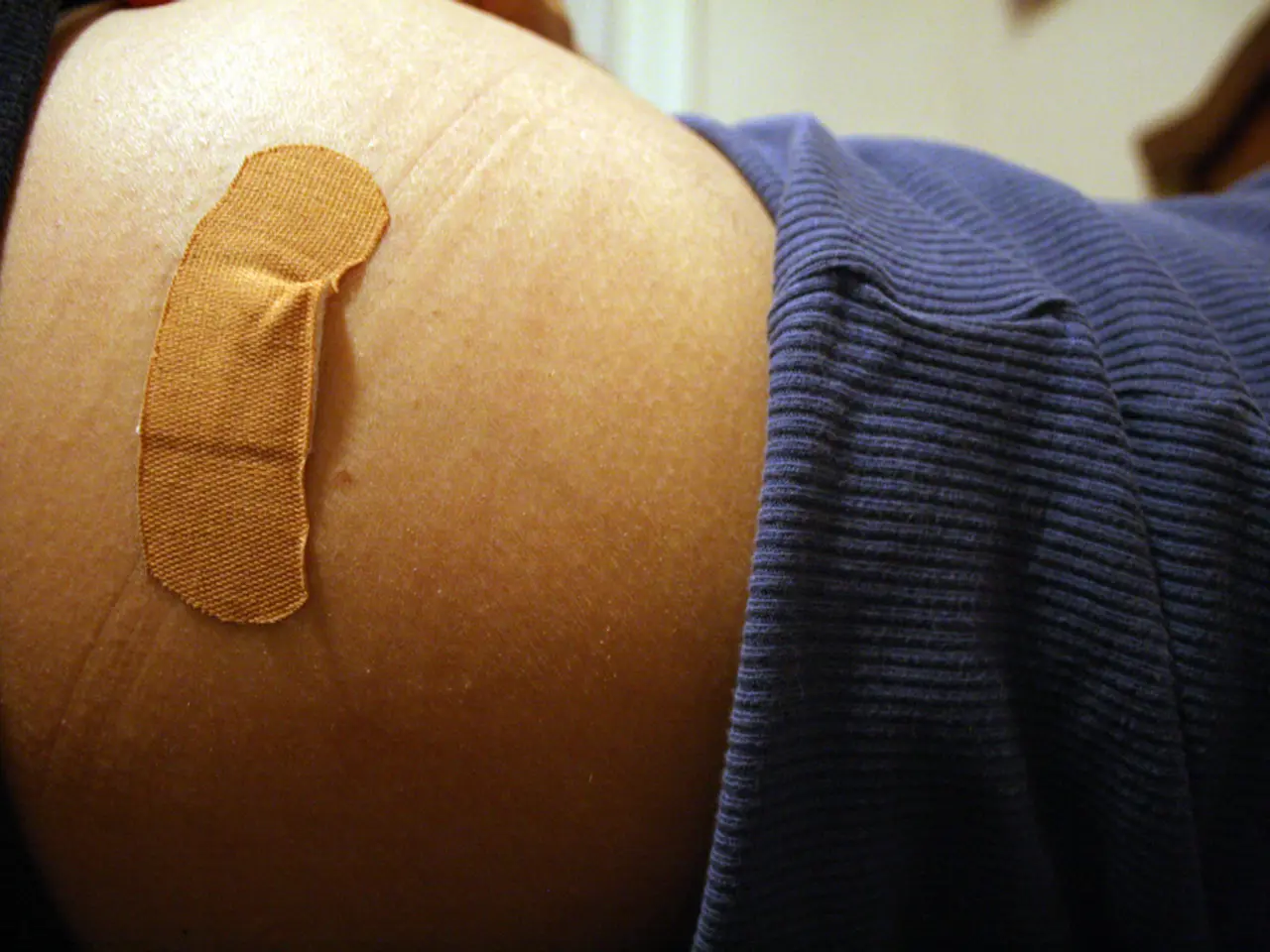Arteriogram: A Vital Diagnostic Tool for Artery Health
An arteriogram, a procedure to examine blood flow through arteries, is a crucial diagnostic tool. It involves the use of X-rays and contrast material, and is performed by specialists like radiologists, cardiologists, or angiologists. Patients should prepare by stopping certain medications, disclosing allergies, and fasting. Recovery involves avoiding strenuous activity and keeping the bandage dry.
An arteriogram is not limited to a specific part of the body. It can be performed on the aorta, brain, heart, extremities, eyes, lungs, and kidneys to detect issues such as aneurysms, blockages, inflammation, narrowing of blood vessels, and tumors. During the procedure, a catheter is inserted into an artery, contrast material is injected, and X-ray images track blood flow and identify problems. After the procedure, pressure is applied to the insertion site, and specific instructions regarding activity and wound care are provided. However, it's important to note that risks include pain, bleeding, infection, blood clots, damage to blood vessels, allergic reactions to dye, and kidney damage. Specific types of arteriograms, like coronary angiography, may carry additional risks such as stroke or heart attack.
An arteriogram is a valuable tool for understanding and treating various health conditions. While it carries some risks, the potential benefits make it a crucial diagnostic procedure. Patients should follow their doctor's instructions for preparation and recovery to ensure the best possible outcome.
Read also:
- Is it advisable to utilize your personal health insurance in a publicly-funded medical facility?
- Dietary strategies for IBS elimination: Aims and execution methods
- Benefits, suitable dosage, and safety considerations for utilizing pumpkin seed oil in treating an overactive bladder
- Harmful Medical Remedies: A Misguided Approach to Healing






